 Whether your shelves are adorned with polystyrene cups that bewigged demons have slurped fake blood from; guitar-string-worn plectrums flung into the crowd by a legendary axe-meister, the spotlights bouncing off the gold facsimile signature making the auditorium look like the contents of the Pulp Fiction briefcase; or a pair of stage-worn spandex trousers impregnated with frontman DNA and brown stains from the M&M’s on the rider (you hope), your collection can excite with all the colours of Ritchie Blackmore’s Rainbow.
Whether your shelves are adorned with polystyrene cups that bewigged demons have slurped fake blood from; guitar-string-worn plectrums flung into the crowd by a legendary axe-meister, the spotlights bouncing off the gold facsimile signature making the auditorium look like the contents of the Pulp Fiction briefcase; or a pair of stage-worn spandex trousers impregnated with frontman DNA and brown stains from the M&M’s on the rider (you hope), your collection can excite with all the colours of Ritchie Blackmore’s Rainbow.
 My collection? From the red Amen armbands that have become decidedly dodgy in a relatively short space of time, to the burnt orange of the sequined scarf that Michael Monroe threw off a stage many moons ago, the rock ‘n’ roll section of the Pop Culture Schlock archive positively pops with colour. Nothing, though, not even the brightly-coloured pieces of A4 paper that were stapled together to make The Wild Family’s short-lived fanzine (so colourful of word that even absolutely-not-narcissistic [heavens, no] headline bands were forced to remove them from stages of their quite full club shows), can compete with the cornucopia of colour that emanates from my dozen-strong collection of silk scarves.
My collection? From the red Amen armbands that have become decidedly dodgy in a relatively short space of time, to the burnt orange of the sequined scarf that Michael Monroe threw off a stage many moons ago, the rock ‘n’ roll section of the Pop Culture Schlock archive positively pops with colour. Nothing, though, not even the brightly-coloured pieces of A4 paper that were stapled together to make The Wild Family’s short-lived fanzine (so colourful of word that even absolutely-not-narcissistic [heavens, no] headline bands were forced to remove them from stages of their quite full club shows), can compete with the cornucopia of colour that emanates from my dozen-strong collection of silk scarves.
The opportunity to lose one’s self in the bright, kaleidoscopic world of otherness that is the band-related silk scarf menagerie o’ mayhem is one that I’m assuming all readers of this site indulge in very frequently, but I can’t help but think that this tasselled-corner of the music memorabilia vaults is oft-forgotten. I’ve tried to keep the silk scarves a-flying on my Pop Culture Schlock (now in its fourth year) accounts across social media (available via every good Internet service provider, and some bad ones) but, to be perfectly honest, they are really friggin’ difficult to photograph. Do you just have the scarf unfurled, long and thin like a blue whale’s penis, or wrap it around your manly shoulders for a proper scarf-wearing selfie? I’ve never really found the best way to snap these scarves individually, so have neglected to give them the nostalgic moments that they so obviously deserve. But that, my friends, ends today.
menagerie o’ mayhem is one that I’m assuming all readers of this site indulge in very frequently, but I can’t help but think that this tasselled-corner of the music memorabilia vaults is oft-forgotten. I’ve tried to keep the silk scarves a-flying on my Pop Culture Schlock (now in its fourth year) accounts across social media (available via every good Internet service provider, and some bad ones) but, to be perfectly honest, they are really friggin’ difficult to photograph. Do you just have the scarf unfurled, long and thin like a blue whale’s penis, or wrap it around your manly shoulders for a proper scarf-wearing selfie? I’ve never really found the best way to snap these scarves individually, so have neglected to give them the nostalgic moments that they so obviously deserve. But that, my friends, ends today.
“What exactly are these silk scarves of which you write so eloquently?” I hear a lone voice ask. Well, the band-related silk scarf was a screen-printed piece of merchandise that went the way of the Dodo and the guitar-shaped pin badge. Often considered tat (how very dare they?!) of a kind found in a novelty-item-riddled precinct store or seaside shop (like that Hyper Value at Barry Island selling all the unofficial Gavin and Stacey gear), the silk scarf was once a staple of the merchandise stand/table at concerts. Chris Phillips, weasel-like fourth member of the Uber Rock Radio Show (remember that? Another once-great offshoot of a music-related thing now considered tat), provided me, when I was desperate for further confirmation of a silk scarf/merch stand sighting, with a timely reminder (via his Mods and Rockers show on BGfm) of a silk scarf purchase when he attended his first ever gig – Gillan at Ebbw Vale Leisure Centre in November 1982. So impressed was Chris with his shiny, tasselled piece of iconic Gillan memorabilia that he got the support band, Liverpudlian boogie rockers, Spider, to autograph his brand new purchase.
 In Biro. Though it could take the Biro’ed scribble of a Spider man with ease, the silk scarf was eventually robbed of all drawing pins and replaced on the merch boards with those silk-screened woollen scarves that were always an uneasy pairing for me. Yes, the material made them a much more sensible scarf to wear than their silken brethren, but the unnatural folds courtesy of the printing made for many an uncomfortable conversation with a main squeeze: “Yes, it does look like a love bite, but it was the left horn of the Abominog on my Heep scarf rubbing my neck… honest!” No, the silk scarf was where it was at, as proved by the accompanying photographs; taken, it has to be noted, with great difficulty and sacrifice.
In Biro. Though it could take the Biro’ed scribble of a Spider man with ease, the silk scarf was eventually robbed of all drawing pins and replaced on the merch boards with those silk-screened woollen scarves that were always an uneasy pairing for me. Yes, the material made them a much more sensible scarf to wear than their silken brethren, but the unnatural folds courtesy of the printing made for many an uncomfortable conversation with a main squeeze: “Yes, it does look like a love bite, but it was the left horn of the Abominog on my Heep scarf rubbing my neck… honest!” No, the silk scarf was where it was at, as proved by the accompanying photographs; taken, it has to be noted, with great difficulty and sacrifice.
Yes, the Nik Kershaw scarf pictured does look like it suffered the same affliction as the aforementioned spandex trousers, but imagine it glowing like the Golden Fleece in the draughty corridor of an arts centre. Sure, the hyper contrasted visages of the members of Duran Duran were basic, but yellow tassels on a pink scarf with purple stitching? Pop perfection. Yes, John Taylor looked more like Paul Young; yes, the bleed-through on the Culture Club scarf made Boy George look like a part-masked wrestler; but taking a piece of your rock and pop idols home with you, whether from the concert hall or the in-shops? Priceless. An Ozzy scarf in Prince of Darkness black with silver tassels? A Twisted Sister scarf with not just red, but also black tassels? A Reading Festival 1986 scarf complete with not just the Lords of the New Church logo, but also that of Rough Cutt? Manna from music merchandise Heaven.
trousers, but imagine it glowing like the Golden Fleece in the draughty corridor of an arts centre. Sure, the hyper contrasted visages of the members of Duran Duran were basic, but yellow tassels on a pink scarf with purple stitching? Pop perfection. Yes, John Taylor looked more like Paul Young; yes, the bleed-through on the Culture Club scarf made Boy George look like a part-masked wrestler; but taking a piece of your rock and pop idols home with you, whether from the concert hall or the in-shops? Priceless. An Ozzy scarf in Prince of Darkness black with silver tassels? A Twisted Sister scarf with not just red, but also black tassels? A Reading Festival 1986 scarf complete with not just the Lords of the New Church logo, but also that of Rough Cutt? Manna from music merchandise Heaven.
 Imagine, if you will, a Rewind Festival or a show by a reunited Eighties pop-rock act, where the paying punters don’t dress in de rigueur hair rocker wig (complete with inflatable guitar) or Day-Glo legwarmers and crop top adorned with the legend “80’s” always spelt with the apostrophe in the wrong fucking place, but dress in their normal clothes, yet with a vintage silk scarf around their person; the faces of Kajagoogoo wincing at the price of a pint. That, I’m sure you will agree, would make the world a better place. And I know I’m not alone in my love of the silk scarf for, I am told, the editor of this very site owns a still-in-package Hanoi Rocks silk scarf, given to him by a former member of The Cult/The Four Horsemen/Zodiac Mindwarp and the Love Reaction… but I’m not one to drop names.
Imagine, if you will, a Rewind Festival or a show by a reunited Eighties pop-rock act, where the paying punters don’t dress in de rigueur hair rocker wig (complete with inflatable guitar) or Day-Glo legwarmers and crop top adorned with the legend “80’s” always spelt with the apostrophe in the wrong fucking place, but dress in their normal clothes, yet with a vintage silk scarf around their person; the faces of Kajagoogoo wincing at the price of a pint. That, I’m sure you will agree, would make the world a better place. And I know I’m not alone in my love of the silk scarf for, I am told, the editor of this very site owns a still-in-package Hanoi Rocks silk scarf, given to him by a former member of The Cult/The Four Horsemen/Zodiac Mindwarp and the Love Reaction… but I’m not one to drop names.
Search for Pop Culture Schlock 365 on Facebook, Instagram, and Twitter




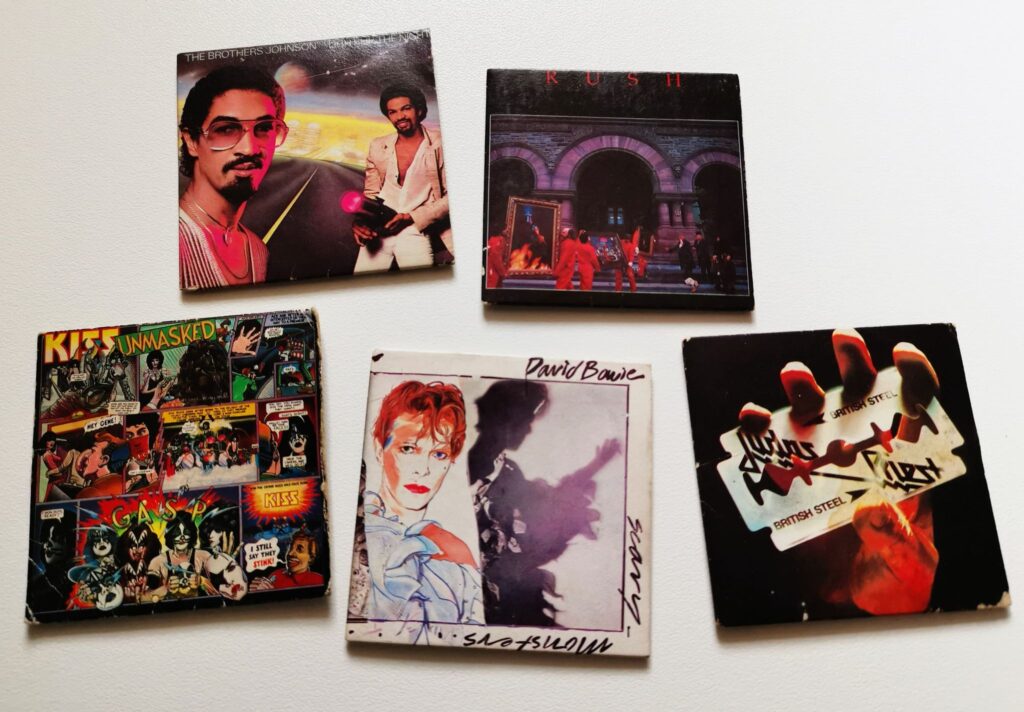
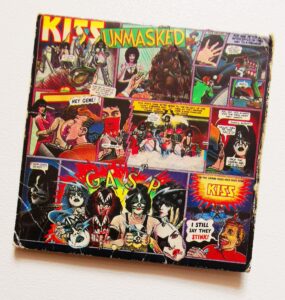
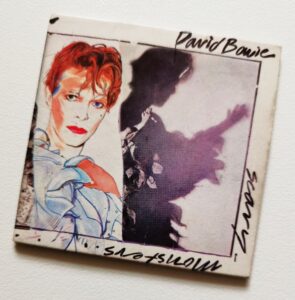
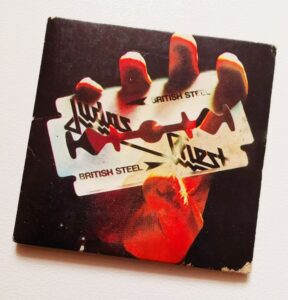
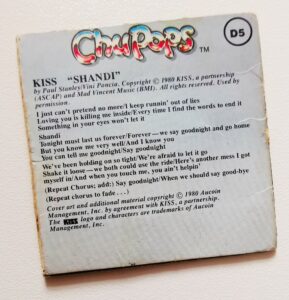
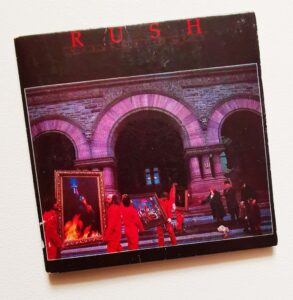
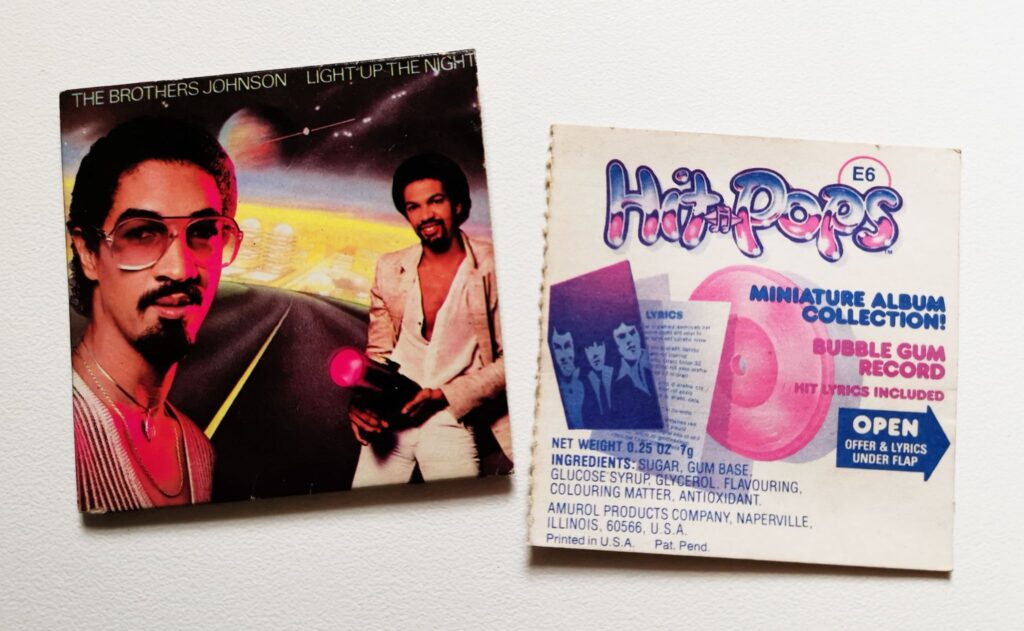







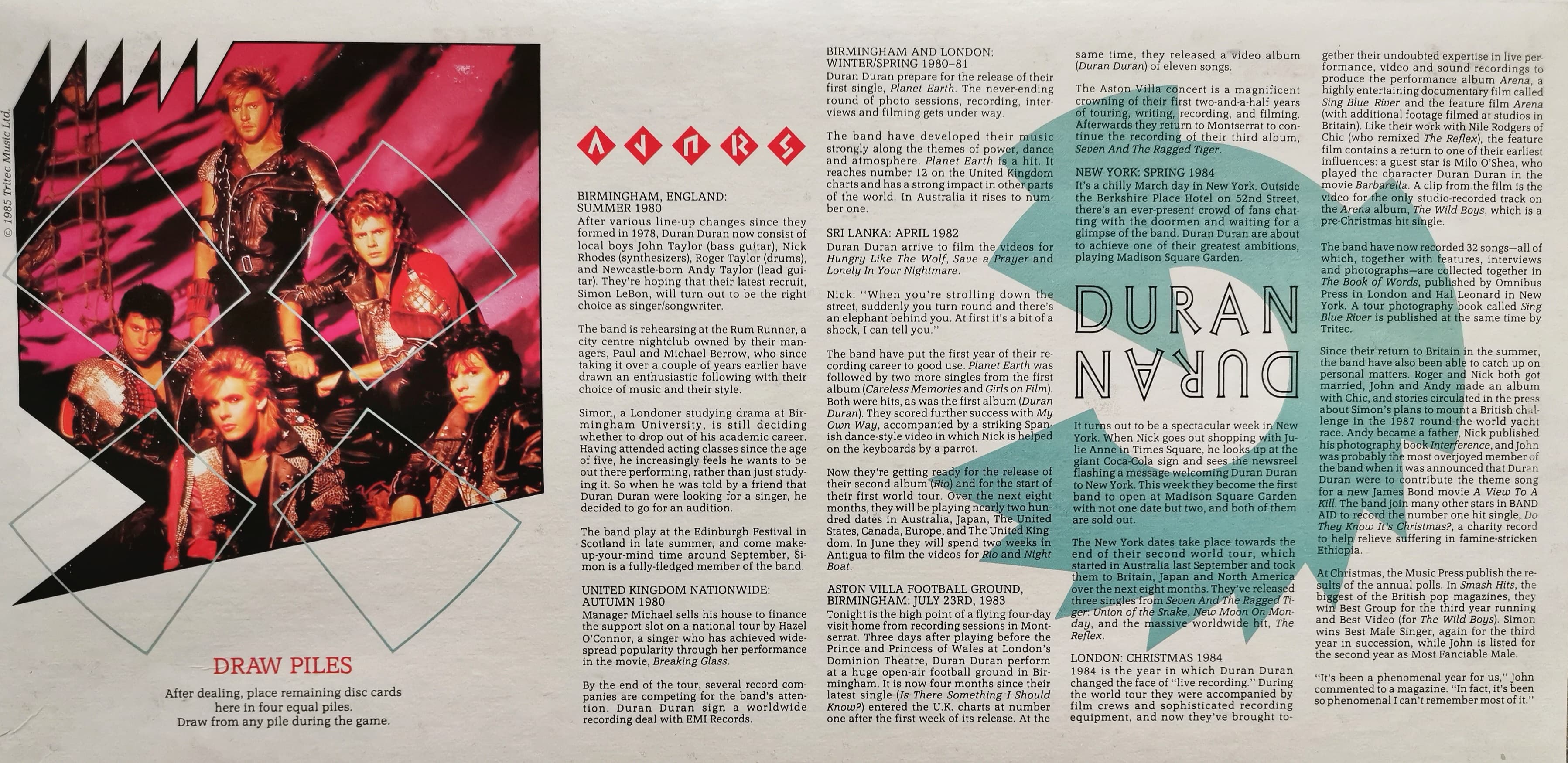






























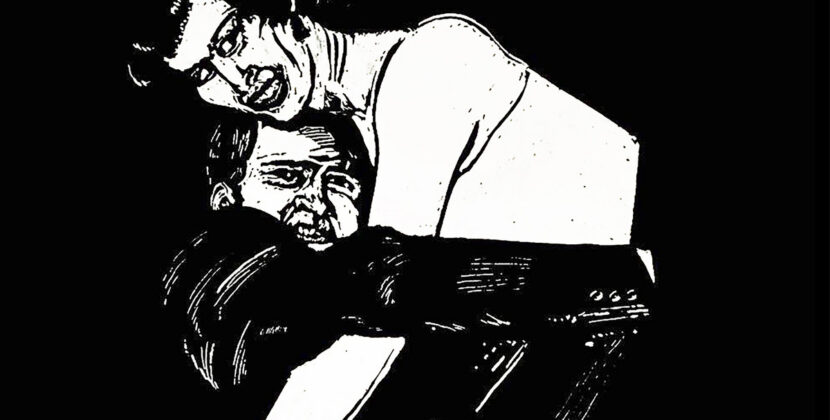
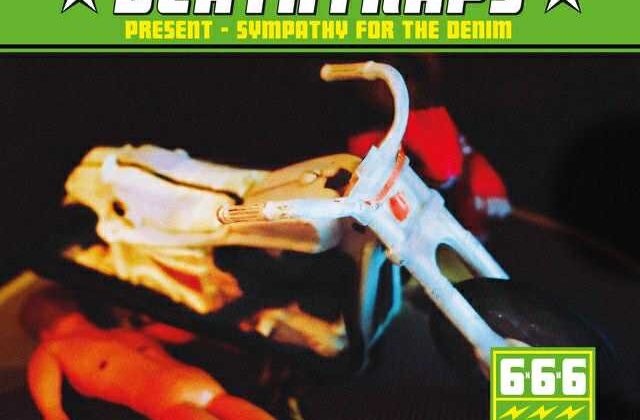

Recent Comments